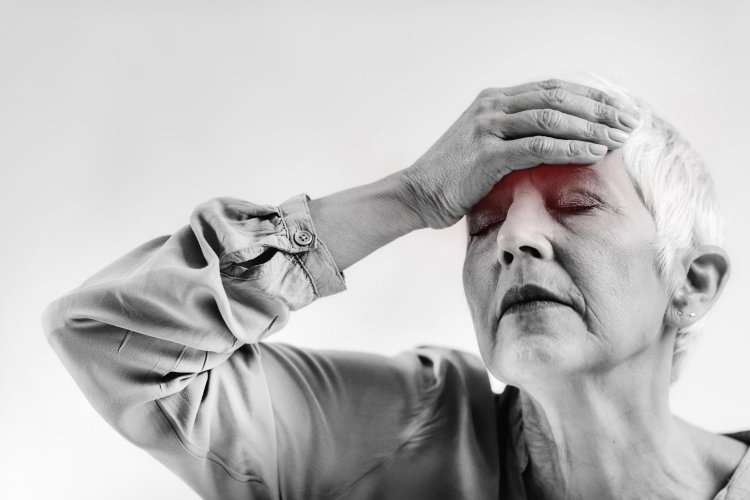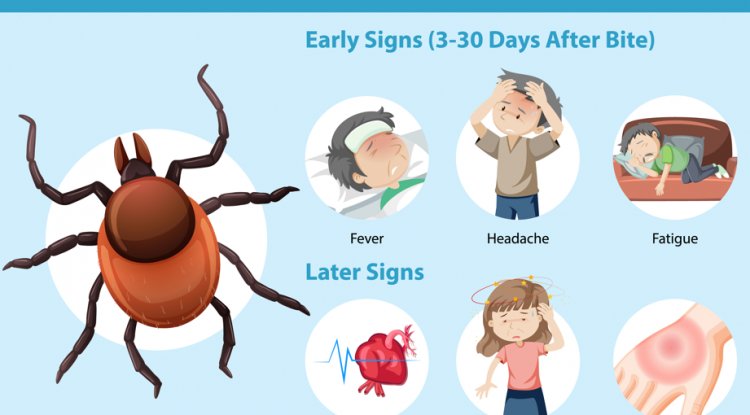Exploring Stroke: A Comprehensive Examination of Causes, Pathophysiology, Diagnosis, Treatment, and Prognosis
Stroke, a leading cause of disability and mortality globally, encompasses a spectrum of cerebrovascular events with diverse etiologies, manifestations, and outcomes. This article aims to provide a detailed exploration of stroke, elucidating its multifaceted nature and addressing various aspects including epidemiology, risk factors, pathophysiology, clinical presentation, diagnostic modalities, treatment strategies, rehabilitation approaches, and prognostic factors.

Epidemiology and Burden
Stroke ranks among the top causes of death and disability worldwide, exerting a significant socioeconomic impact. The incidence and prevalence of stroke vary geographically, influenced by demographic factors, lifestyle patterns, healthcare infrastructure, and preventive strategies. Aging populations, increasing prevalence of risk factors such as hypertension and diabetes, and improvements in stroke recognition and management contribute to shifting epidemiological trends.
Classification and Etiology
Ischemic Stroke
Subtypes include thrombotic, embolic, and lacunar strokes, each characterized by distinct underlying mechanisms. Atherosclerosis, cardioembolism, small vessel disease, and other etiological factors contribute to ischemic stroke occurrence.
Hemorrhagic Stroke
Intracerebral hemorrhage (ICH) and subarachnoid hemorrhage (SAH) constitute primary subtypes of hemorrhagic stroke, with diverse etiologies such as hypertension, cerebral amyloid angiopathy, aneurysmal rupture, and arteriovenous malformations.
Pathophysiology
Ischemic stroke pathophysiology involves a cascade of events including vascular occlusion, cerebral hypoperfusion, excitotoxicity, inflammation, oxidative stress, and neuronal injury. Hemorrhagic stroke pathophysiology encompasses primary bleeding events, secondary brain injury due to hematoma expansion, mass effect, cerebral edema, and neurotoxicity.
Clinical Presentation and Diagnosis
Stroke manifestations vary depending on the affected brain region, extent of injury, collateral circulation, and preexisting comorbidities. Clinical assessment, including history taking, neurological examination, and stroke scales such as NIH Stroke Scale (NIHSS), facilitates early recognition and triage. Imaging modalities such as computed tomography (CT), magnetic resonance imaging (MRI), and angiography aid in diagnosis, subtype classification, and evaluation of ischemic penumbra or hemorrhage expansion.
Treatment Strategies
Acute Stroke Management
Ischemic stroke treatment focuses on reperfusion therapies including intravenous thrombolysis with alteplase and endovascular thrombectomy, alongside supportive measures to optimize perfusion and mitigate complications. Hemorrhagic stroke management involves blood pressure control, reversal of anticoagulation, surgical intervention for hematoma evacuation, and neurocritical care to prevent secondary brain injury.
Secondary Prevention
Pharmacological interventions such as antiplatelet agents, anticoagulants, statins, and blood pressure-lowering drugs reduce the risk of recurrent stroke. Lifestyle modifications encompass dietary interventions, smoking cessation, physical activity promotion, weight management, and alcohol moderation.
Rehabilitation and Prognosis
Stroke rehabilitation aims to optimize functional recovery, enhance quality of life, and mitigate long-term disabilities through multidisciplinary interventions including physical therapy, occupational therapy, speech therapy, and psychological support. Prognostic factors influencing stroke outcomes include stroke severity, age, comorbidities, neurological deficits, complications, rehabilitation adherence, social support, and post-stroke complications such as depression or cognitive impairment.
Emerging Trends and Research Directions
Ongoing research endeavors focus on elucidating novel therapeutic targets, refining reperfusion strategies, enhancing neuroprotective interventions, implementing telemedicine solutions, promoting health equity, and addressing disparities in stroke care delivery.
In conclusion, Stroke represents a complex and multifaceted cerebrovascular disorder with diverse clinical presentations, underlying mechanisms, treatment modalities, and prognostic determinants. A comprehensive understanding of stroke pathophysiology, risk factors, diagnostic approaches, therapeutic interventions, rehabilitation strategies, and prognostic indicators is essential for optimizing stroke care delivery, improving patient outcomes, and mitigating the global burden of stroke-related morbidity and mortality.
#Stroke #Epidemiology #Burden #IschemicStroke #HemorrhagicStroke #Pathophysiology #ClinicalPresentation #Diagnosis #TreatmentStrategies #AcuteStrokeManagement #SecondaryPrevention #Rehabilitation #Prognosis #EmergingTrends #ResearchDirections #Healthcare #Neurology #PublicHealth
Disclaimer:
The information provided in this article is for educational purposes only and should not be considered medical advice. If you have any health concerns or are experiencing symptoms, it is important to consult with a healthcare professional, such as a doctor or clinic, for proper diagnosis and treatment. Always seek the advice of your doctor or other qualified health provider with any questions you may have regarding a medical condition. Do not disregard professional medical advice or delay in seeking it because of something you have read in this article.
What's Your Reaction?





















